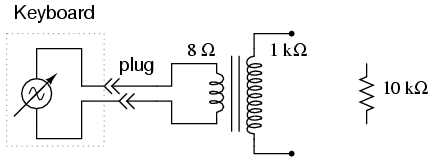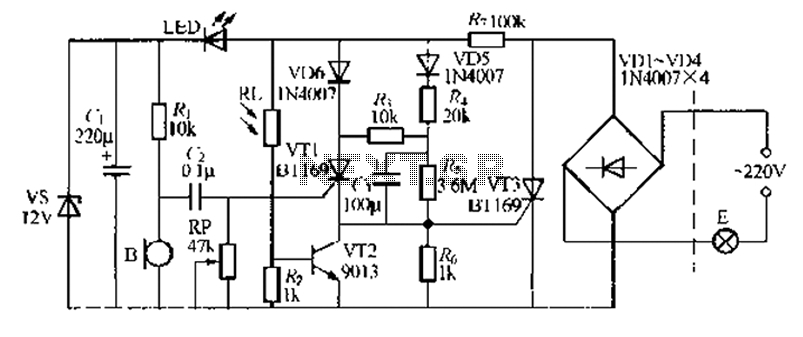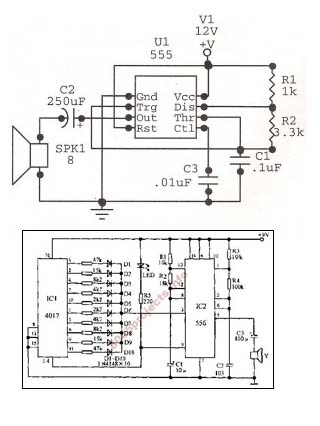
Electronic Cricket Sound Generator

Why an electronic cricket? Many people enjoy the sound of crickets, especially those living in urban areas. This electronic cricket circuit operates in pulses, creating a similar sound.
The electronic cricket circuit is designed to replicate the natural sound of crickets, providing an auditory experience that many find soothing or nostalgic, particularly in urban settings where such sounds are often absent. The circuit typically employs a timer or microcontroller to generate pulse-width modulation (PWM) signals, which simulate the chirping pattern of crickets.
The primary components of the circuit include a microcontroller or timer IC, a piezoelectric speaker or buzzer, and passive components such as resistors and capacitors. The microcontroller is programmed to produce a series of pulses that vary in frequency and duration, mimicking the irregular chirping characteristic of real crickets.
The piezoelectric speaker converts the electrical signals from the microcontroller into sound waves. The choice of speaker is crucial, as it must be capable of producing the desired frequency range to accurately replicate the cricket sound.
Power supply considerations are also essential; the circuit can be powered by batteries for portability or connected to a wall outlet for stationary use. Additional features may include adjustable volume control and the ability to change the chirping rate, allowing users to customize the experience to their preferences.
In summary, the electronic cricket circuit serves as an innovative solution for those seeking the comforting sounds of nature in an urban environment, utilizing a combination of electronic components to recreate the unique auditory signature of crickets.Why an electronic cricket? Many people like the cricket sound specially if they live in a big town. This electronic cricket circuit works in pulses, so the.. 🔗 External reference
The electronic cricket circuit is designed to replicate the natural sound of crickets, providing an auditory experience that many find soothing or nostalgic, particularly in urban settings where such sounds are often absent. The circuit typically employs a timer or microcontroller to generate pulse-width modulation (PWM) signals, which simulate the chirping pattern of crickets.
The primary components of the circuit include a microcontroller or timer IC, a piezoelectric speaker or buzzer, and passive components such as resistors and capacitors. The microcontroller is programmed to produce a series of pulses that vary in frequency and duration, mimicking the irregular chirping characteristic of real crickets.
The piezoelectric speaker converts the electrical signals from the microcontroller into sound waves. The choice of speaker is crucial, as it must be capable of producing the desired frequency range to accurately replicate the cricket sound.
Power supply considerations are also essential; the circuit can be powered by batteries for portability or connected to a wall outlet for stationary use. Additional features may include adjustable volume control and the ability to change the chirping rate, allowing users to customize the experience to their preferences.
In summary, the electronic cricket circuit serves as an innovative solution for those seeking the comforting sounds of nature in an urban environment, utilizing a combination of electronic components to recreate the unique auditory signature of crickets.Why an electronic cricket? Many people like the cricket sound specially if they live in a big town. This electronic cricket circuit works in pulses, so the.. 🔗 External reference





